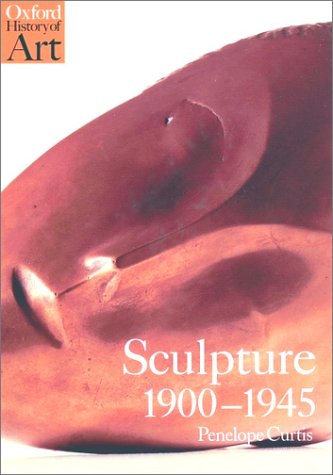Oxford History of Art
1 total work
This volume provides a comprehensive analysis of the significant growth of sculpture as an artistic form in Europe and America from 1900 to 1945. Using a clearly defined thematic structure it identifies key issues and developments throughout this period. Individual chapters cover: public sculpture; the monument; the object; image-making; the built environment; the figurative ideal; and different materials. These themes broadly reflect the changing cultural and political climate of a turbulent period which included two world wars, each preceded by widespread rising nationalism. The practice of sculpture is considered within the wider artistic context of painting and architecture and the development of international art markets. Auguste Rodin serves as the book's point of departure, and as a recurrent point of reference.
